Dino Brunori is the author of “Nardi, a Fast Life“, and has often contributed articles to VeloceToday. He is one of the leading experts in Italian sports cars and owns one of the two remaining Roselli Colli Sport road versions. After he read last week’s article on the Roselli Colli, he added his considerable knowledge of how the car came to be, and why so many think it is a Cisitalia. Here is his report. [Ed.]
By Dino Brunori
Hi Pete, the article is very good. The funny thing is that both of you and the readers were right for opposite reasons. Plus, the real story is even more tantalizing.
The car is a Fiat Roselli with body built by Carrozzeria Colli.
Let me do a short recap of the story of Colli and the other actors named in the article for your readers because there are some mistakes.
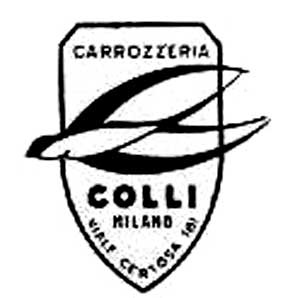 Carrozzeria Colli was a small workshop set up by Giuseppe Colli in Milano in Viale Certosa in 1931 and then run by his four sons Mario, Candido, Beniamino e Tarcisio. Giuseppe and Beniamino worked with Touring before starting their own company. The ‘officina’ was just a few blocks away from Alfa Romeo’s Portello’s factory, and this influenced the development of their business. Since the start of the operations they specialized in working with aluminum, both for racing cars in the pre and post-war years, whilst during WW2 they survived by making airplane cockpits. By early 1950s the factory started to work closely with Alfa, becoming the supplier of most of the special bodied cars. You can assume that the majority of AR 2500 and 1900 specials, the convertible ones and the ad vans, even carrying the Alfa Romeo badges, were all bodied in Viale Certosa.
Carrozzeria Colli was a small workshop set up by Giuseppe Colli in Milano in Viale Certosa in 1931 and then run by his four sons Mario, Candido, Beniamino e Tarcisio. Giuseppe and Beniamino worked with Touring before starting their own company. The ‘officina’ was just a few blocks away from Alfa Romeo’s Portello’s factory, and this influenced the development of their business. Since the start of the operations they specialized in working with aluminum, both for racing cars in the pre and post-war years, whilst during WW2 they survived by making airplane cockpits. By early 1950s the factory started to work closely with Alfa, becoming the supplier of most of the special bodied cars. You can assume that the majority of AR 2500 and 1900 specials, the convertible ones and the ad vans, even carrying the Alfa Romeo badges, were all bodied in Viale Certosa.
This link had its epitome with the 1953 AR 3000CM and Disco Volante, both in the sport and coupe versions, that brought Colli world fame and glory. The carrozzeria since then became the arm of ‘Alfa Romeo carrozzerie speciali’ with the workforce fully occupied to manufacture vans, ambulances and several Giulia Familiare, used by the police to patrol the italian highways.
However, in 1972, during the first oil crisis, due to the lack of orders and a cloudy future, the brothers decided to close the factory and that meant the end of Colli as a viable concern.
Post War Activities
In 1946 / 47, with the growth of sports racing, the small workshop was busy with the manufacturing of bodies for several gentlemen race drivers.
The Colli brothers were good friends of Tinarelli, Volpini and Roselli, because they all lived in Milano close to one another. The first two were tuners, whilst Roselli was an engineer that helped the others, designing and manufacturing its own engine head with a powerful port configuration, known as ‘testa Roselli’ and mainly fitted to the Fiat 500 and 1100. They usually installed their mechanical bits on Gilco or Fontana tubular frames, assembled the chassis and had it bodied by Colli.
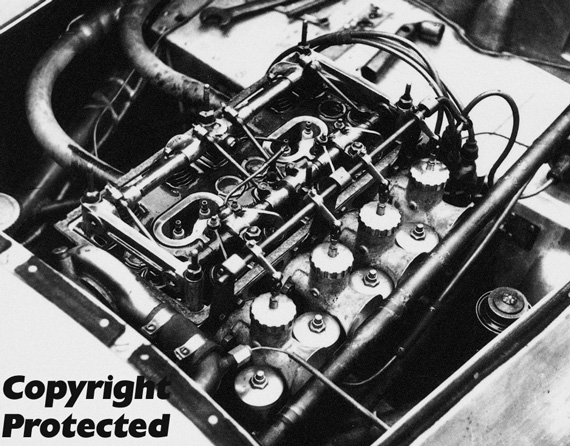
Extremely rare photo of the Roselli head as applied to the 1100cc Fiat engine. Courtesy Dino Brunori, copyright protected.
In 1947 the brothers in developed their own sport body design (the one in the pictures) and presented it to the Turin Show with a Fiat 1100 engine and on a smaller scale with a Fiat 500 Topolino engine. In 1948 at Villa d’Este they also exhibited a sport and a coupe version of the Fiat 1100 body for road use. The main peculiarity that immediately identifies the production is the trapezoidal shape of the front grill, whilst the racing version had no bumpers and an oval mouth.
This aluminum body was fitted as per the customers’ request with several different powerplants in the period; we know of cars with Fiat Roselli, Fiat Volpini, Alfa, BMW, and Ermini engines.
The destiny of the majority of them was the usual for old sport cars: one or two seasons in the hands of a driver, then sold, the engine replaced with more powerful one and then forgotten or scrapped.
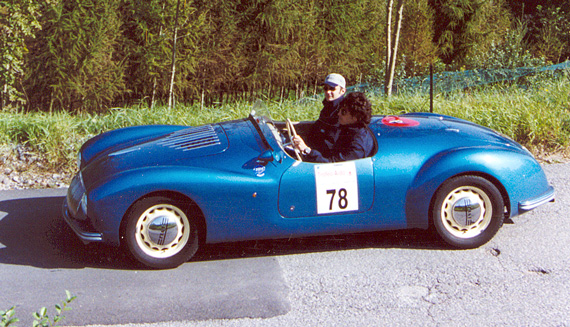
The author's sport road version of the Colli-Roselli 1100. Although it looks very similar to the 500 above, note the longer wheelbase.
In my archive I have a couple of pictures of cars updated and still racing in the mid ’60s. Some achieved important results as class victories in circuit races and hillclimbs.
Back to our car
While collecting the memories of Gino Valenzano, during one of our chats, he mentioned to me that in 1953 Tony Pompeo imported a few sports cars for the New York Sports Car Show via his PAVIA (Pompeo And Valenzano Italian Automobiles Co.), including a Roselli Colli. The two were partners, Valenzano providing new and used sport cars and Pompeo selling them on the American market, always hungry for European sport cars.
Valenzano did not remember if the Roselli Colli was a brand new car or a used one, ‘refreshed’ for the occasion. Selling an unknown marque as Roselli Colli would probably seem difficult even to Pompeo, so Tony came up with a solution. Considering that the shape of the Colli body was practically the same as the Cisitalia spider, and that engine size, displacement, mountings were also very similar, he presented the car as a Cisitalia and that was reported by the journalists attending the show (see the front page of a US magazine in my collection, lead photo). However, he did not put any Cisi badge on the bonnet, and that is evident in the picture in your article.
Remember that Pompeo was a master in this sort of tricks. Smiling, Valenzano said that Pompeo was not always correct and polite, but he could ‘sell ice to the North Pole’. At the time there was no Internet, no mails and the news crossing the Atlantic usually took weeks. One day Valenzano had a phone call from Dusio with the compliments for Pompeo having presented a Cisi spider at the show! Valenzo recalled that he did not have the courage enough to tell Dusio the truth. What happened to this car after the show is unknown.
That’s why I said that both you and the readers are right in the identification.
I think that the period caption on R&T picture ‘Carrozzeria Castagna’ is wrong. Colli and Castagna were both in Milan, they both start with C, but Castagna never achieved notoriety for sport bodies. A mistake ??
I know of 4 Fiat Roselli Colli still around, 2 of them in Italy, 1 in Germany and 1 in Japan.
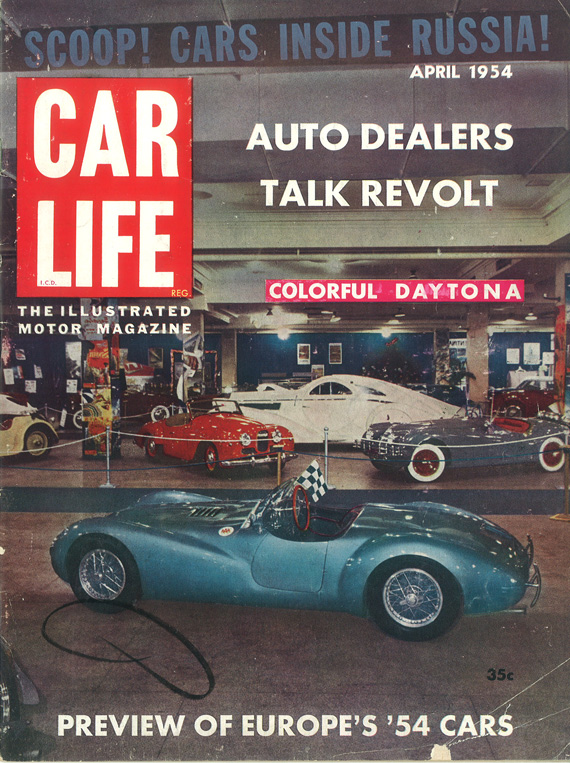
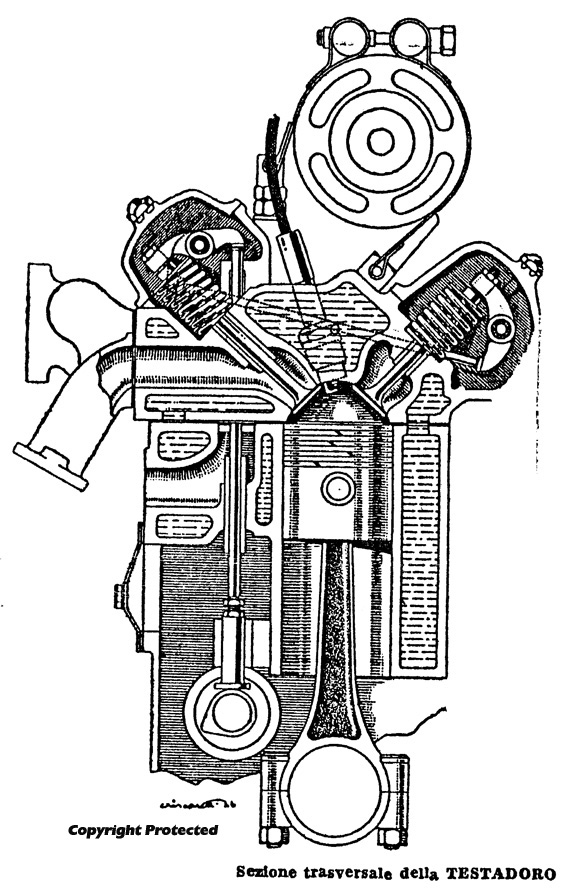
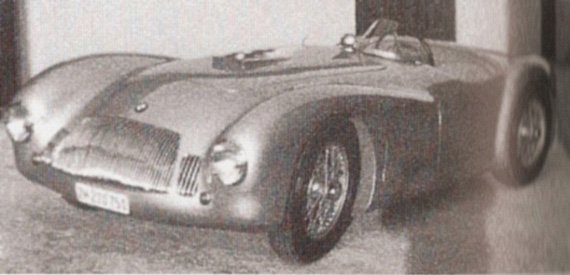
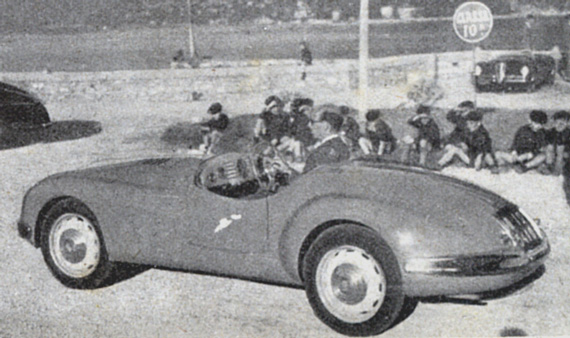
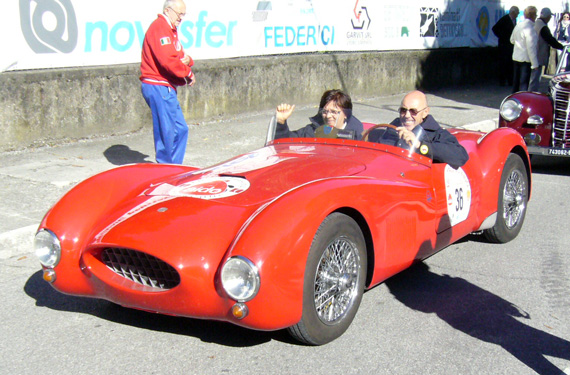
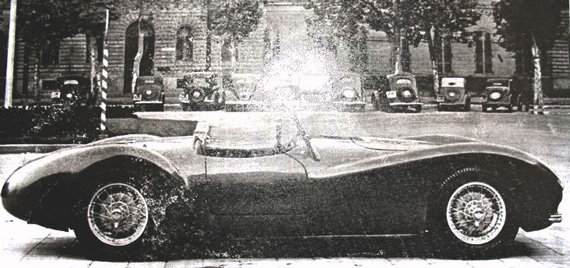
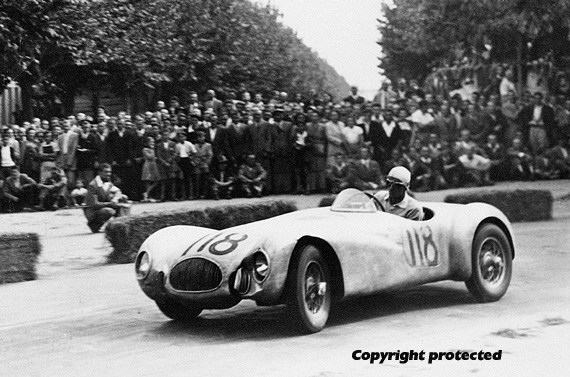
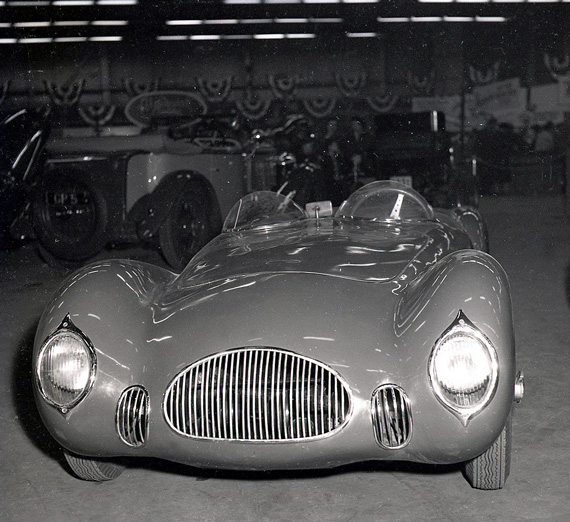
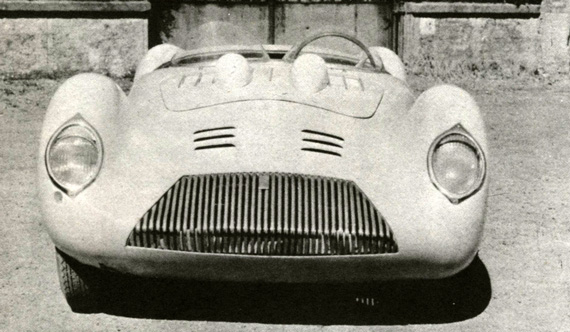
Thanks for all the great articles. Always something interesting and informative.
One of the photos in the earlier post – maybe Jim Sitz/R&T – looked like it had Maseratti hub caps and wheels. Some had coach work that was like the Cisitalia styling about 1949..
The cylinder head layout looks similar to the two liter BMW 328 of 1938, and the Bristol 2 liter engines which were also supplied to A.C. and Lister after the war. They remained competitive for quite a while. They also had a single camshaft in the block, and relay rocker arms to facilitate the “hemi” shaped combustion chambers and the inclined valves, which enabled their performance. – Don